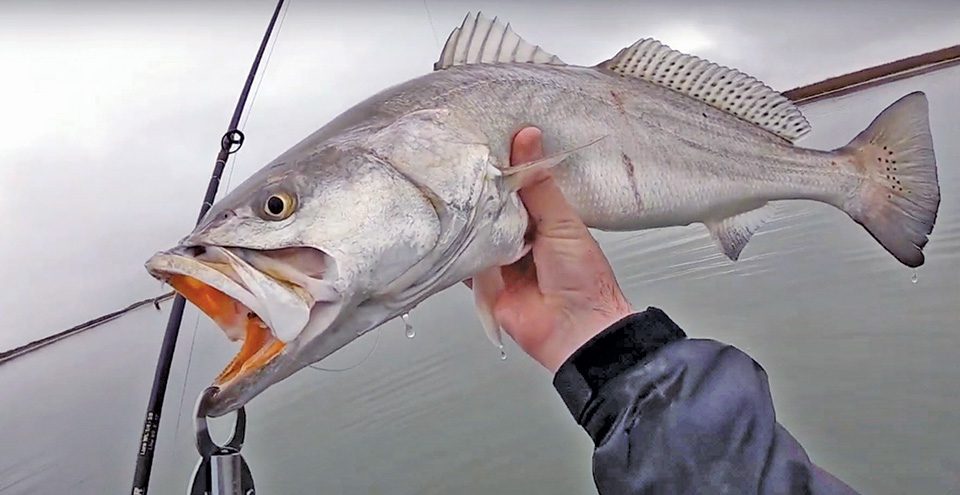By Capt. Michael Okruhlik
The past seven years, I have taken my kayak out on most of my fishing trips in both fresh and saltwater. I might or might not stay in the kayak all day, because I believe wade fishing is an extremely effective way to catch fish, and it’s also my favorite. However, the kayak gives me access to many otherwise non-accessible areas.
Kayak designs and accessories have developed nicely the last few years. Comfort and propulsion are among the highlights in advancement, from my perspective. I bought my current kayak used, and the two selling points were a comfortable seat on a somewhat raised custom platform and a bow-mount trolling motor with a remote.
The raised seat is like sitting in a normal chair, which makes long rides easy on my back. This has made my kayaking experiences enjoyable, and it has offered my boys a comfortable ride without paddling. I still use the paddle when I need to get super skinny and for days when I have connection or battery issues.
Today, most manufacturers offer these upgrades already built in. My kayak has a very stable platform, and I frequently stand while fishing and scouting. This is a real benefit in the clear waters where I fish. With polarized glasses, the added height allows me to see bottom contour, structure, bait and even fish.
Speaking of fish, lets get into what to look for in the warming waters of spring. It can be tricky to stay on fish during the spring. Although cold fronts don’t pack the punch of winter, they do slow the warming trend, create a lot of wind and keep fish scattered between winter and spring structure and water depth.
This time of year, trout and reds can be caught on all types of bottom structure: mud, shell, grass and sand. Focus less on the bottom type in early spring; instead direct your attention to areas in close proximity to deeper water.
The term deeper is in relation to your specific area. A long shoreline that runs parallel to a deeper drop allows fish to access both depths, but it can also cause fish to scatter and make them harder to locate and catch consistently. Find an area where there’s a deeper gut that runs into a shoreline. This could be a natural depression, a bayou or canal. This gives close proximity to the deeper channel with shallow flats on both sides. This is a much easier area to target fish as they try to figure out what season it is.
As always, safety comes first on the water, especially in a kayak. Wear your life vest. If something can fall in, tether it, and make sure you can bee seen by power vessels. Take a kid fishing, be safe and have fun this spring.
Capt. Michael Okruhlik is the inventor of Knockin Tail Lures, Controlled Descent Lures and the owner of www.MyCoastOutdoors.com.
